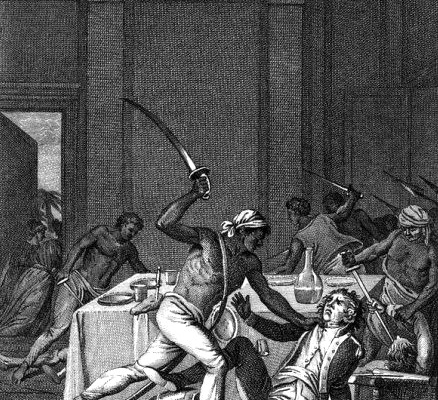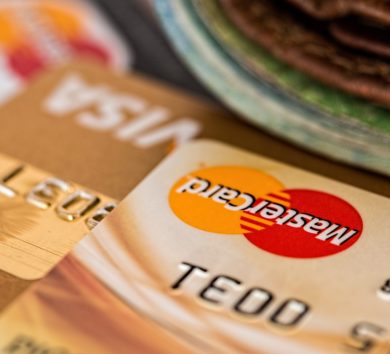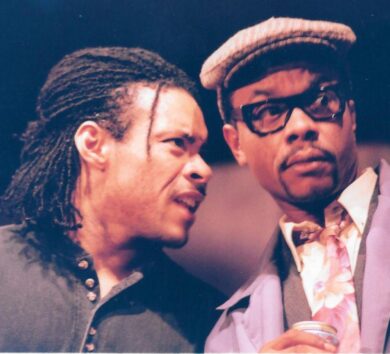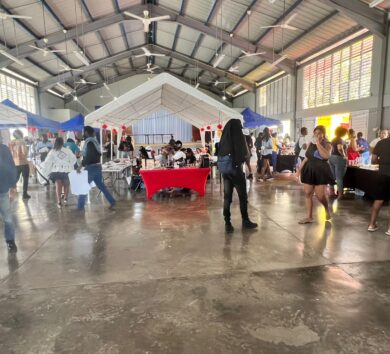

As Jamaica and other Caribbean countries celebrated emancipation from colonial rule on August 1, we should all remember one of the earliest heroes who challenged colonialism and chattel slavery.
Tacky’s revolt, although unsuccessful, inspired other uprisings in the region. Some scholars suggest that Tacky might have drawn inspiration from the First Maroon War, which lasted from 1728 to 1739.
Predating the Haitian revolution by three decades, the revolt began in 1760–1761, when leader Tacky and enslaved Ghanaians killed white masters and overseers on the Frontier and Trinity plantations in St. Mary.
Tacky’s followers grew, including other enslaved Africans and they managed to capture several plantations across Jamaica.

They continued to spread mayhem throughout the island, burning looting and murdering white slavers. On April 12, 1760, British soldiers, assisted by Maroons, countered Tacky’s army, wounding him in battle.
After overwhelming deaths, Tacky’s supporters escaped to a cave near Tacky Falls and committed mass suicide.
In a skirmish in the forests, a British shooter killed Tacky and later decapitated him. The head was displayed on a pole in Spanish Town.
His surviving followers recovered the head, and resistance continued until 1761. British forces and Maroon allies suppressed the rebellion by capturing or killing the remaining rebels associated with it.
Despite Tacky’s death, rebellions continued in Jamaica until the British government officially ended slavery on August 1, 1838. The money lost from rebellions played a major role in the British government’s decision to outlaw slavery throughout the empire






Comments